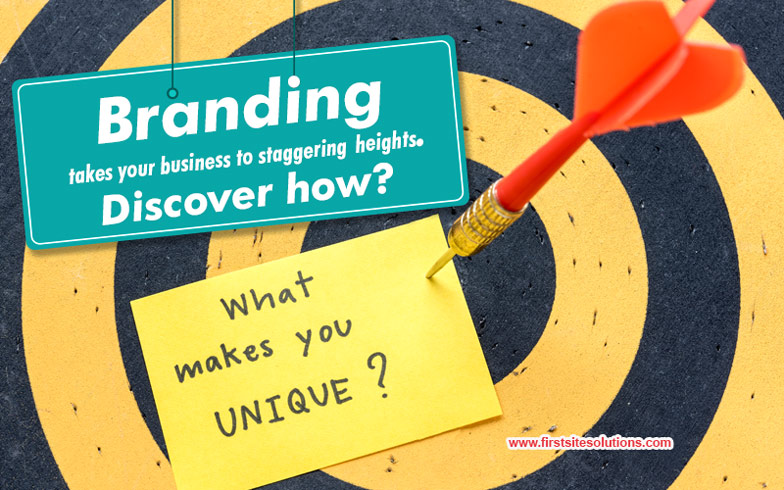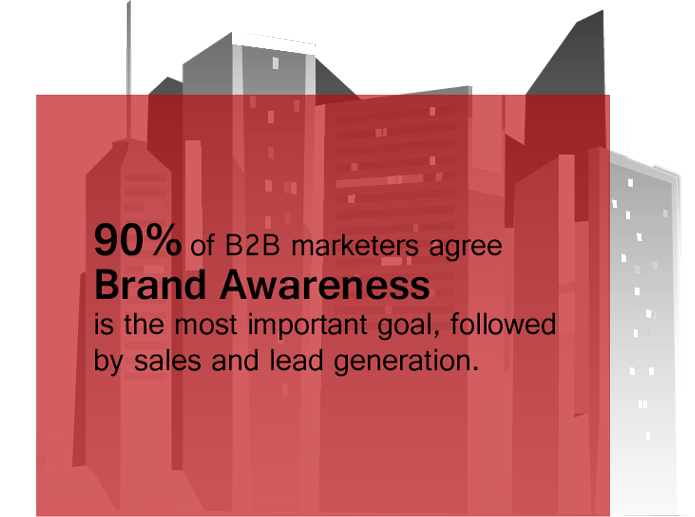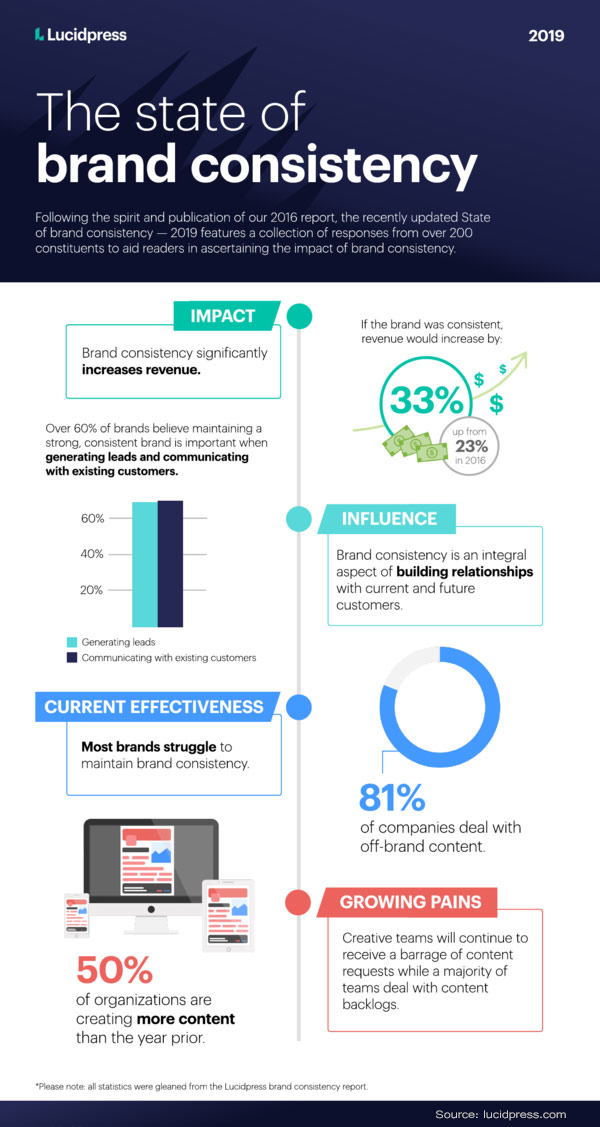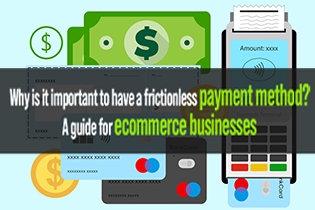
Why is it that every time you see the logo for apple, you cannot help but think about luxury?
Why is it that every time you think about Amazon, you cannot help but think about convenience?
Why is it that you unintentionally call your diapers “pampers”?
One word: Branding!
Branding is the one tool that has the ability to not only set you apart from others but to make your offering synonymous with the industry, as we see in the case of Pampers (a product of P&G).
What Is A Brand?
The problem is not understanding the concept of a brand. The problem is to define it. Why don’t you give it a try? Try thinking of the most common brands for you.
Now that you have some brands in mind, why don’t you take a shot at deciding what a brand is?
So…
Not as easy as it seems, right? Probably because a brand is not a tangible product that you can see and touch and, therefore, cannot be defined based on its physical characteristics.
So, we will just go ahead and define a brand for you to put you out of your misery. Any course in marketing will teach you that a brand is a set of promises in the mind of the consumer—nothing more, nothing less.
Therefore, when a brand exists as promises in the mind of the consumer, it entails several expectations. So much so that a brand becomes an identity. An identity that must be preserved through all actions and all circumstances.
So, while it was easy to think up brands operating in our direct environment, it is evident that conceptualizing a brand and understanding what it means is not as easy as it seems. Yet, it forms one of the most essential segments to understand why businesses really need Brands.
Does it Matter?
But is a brand really as important as to be classified a need?

Well, if 90% of B2B marketers say that brand awareness is their most important goal, who are we to say that a brand is not a need?
And it is not just marketers that rely so much on brands. It is also their customers. About 75% of B2B buyers want branded content too! It’s all about demand and supply.
Of course, we have established that having a brand matter. But what if we told you that only about 26% of brands have proper brand guidelines to ensure that the identity of their brand is maintained and stays intact.
Brand Consistency and Growth
Seems alarming how little real attention goes to brands when, in essence, every business wants to grow their brand. But what is it about guidelines that make it so important? Merely analyzing the purpose of brand guidelines reveals why brand guidelines are so important.
The purpose of brand guidelines is to ensure that your brand maintains a consistent image. You wouldn’t want a trump-like brand that goes against its very promises the moment it grows too big, right?
To ensure that happens, brand guidelines contain your actions into a consistent, well-directed stream of activities that consistently add value to your business and establish brand awareness (the most critical goal, remember?).

A consistent brand also allows for a consistent experience across touchpoints, borders, and avenues. Statistics say that that is what 45% of people want. And everyone knows the customer is always right.
So, giving your customers what they want gets you to rise in revenue by as much as 23%!
And while brand consistency is one of the many complications and factors in how a brand is established and how it performs, it is not the only factor in brand working and management.
What More Can it Do For You?
In considering what a consistent branding effort and hence a strong brand can achieve for you, the discussion usually revolves around customer awareness. While some benefits may be largely apparent, some are not:
1. Customer Recognition
Knowing a brand like Apple creates aspirations to purchase its offerings. This happens because the customer recognizes the brand (identity) and understands that its offering aligns with their own. Isn’t that what it is about at the very end?
The look of the brand and the colors it is designed to make a massive difference in this context. Statistics say that between 62% to 90% of customers form their initial subconscious assessment of a product base don its color.

That is why some of the biggest brands like McDonald's, IKEA, Coca Cola, and Pepsi are particularly concerned about what their touchpoints look like and whether they are the perfect shade or not.
2. Customer Loyalty
If you think about it, your friends and family will think about you as a distinct person and rely on you based on your certain characteristics. So, if you are an avid reader, friends, and family that know you will ask for reading recommendations from you rather than a stranger without even knowing about the stranger’s reading habits.
This happens because they have your identity in their head. They know you, and that keeps them trusting you. A brand is no different. When you know a brand, it is easier to establish a liking or disliking of the brand and eventually establish loyalty to the brand.
If your offering has no brand link, there cannot be any loyalty.
3. Equity Benefits
Why is it that a startup tries to always stick to its specialization, but an established brand succeeds in experimentation? Because an established brand always has equity.
So, when diversification comes into play, a brand is always preferred. Not only that, it has the backing to diversify, but a familiar face offering new products is more digestible to the general public. That is why P&G can continue to offer such a substantial diversified portfolio but and still generate sales, but a startup fails with even a single product.
Final Words
It then becomes rather apparent that a carefully managed brand can be the best thing that you can do to your business. So, get setting your brand today.







